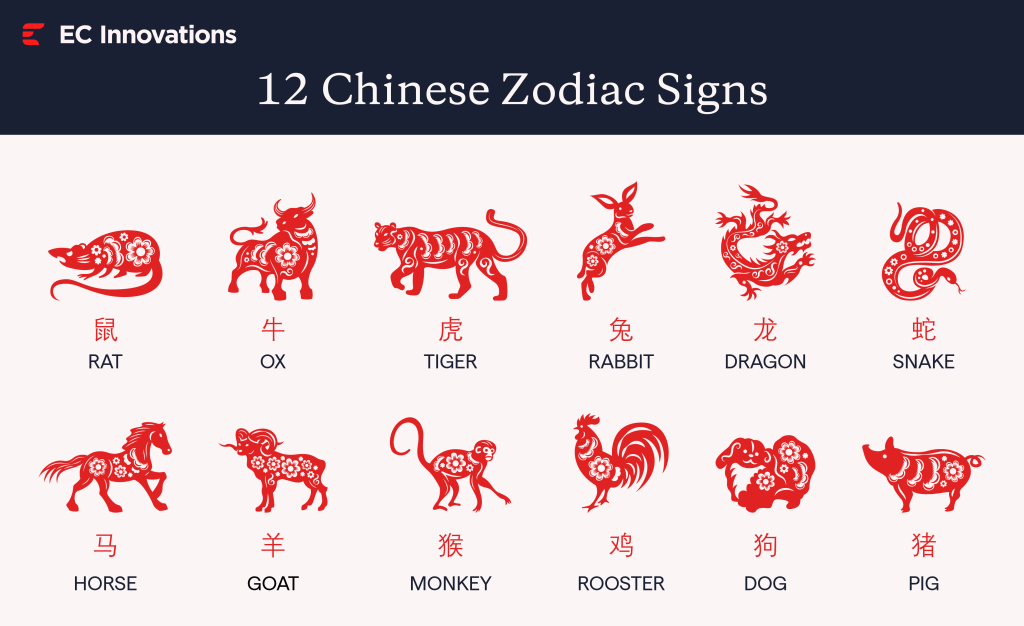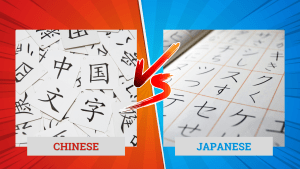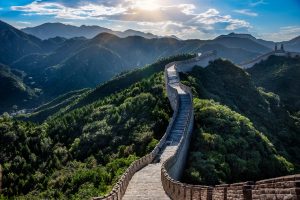Chinese New Year, also known as Lunar New Year or Spring Festival, is one of the most celebrated holidays in the world. It marks the beginning of a new year based on the lunar calendar and is a time for family reunions, traditional rituals, and festive events. Rooted in thousands of years of history and culture, Chinese New Year offers a unique window into Chinese traditions and values.
This guide will take you through the origins, traditions, and celebrations of Chinese New Year and help you understand why this festival is so meaningful to billions of people around the world.
What is Chinese New Year?
Chinese New Year is a festival that celebrates the start of the lunar calendar. Unlike the Gregorian calendar, which begins on January 1, the lunar calendar is based on the cycles of the moon. As a result, the date of Chinese New Year varies each year, usually falling between late January and mid-February.
The holiday revolves around themes of family, renewal, and good fortune. It’s a time to clean the house, honor ancestors, and welcome prosperity. In China and many other countries, this festival is one of the most important times of the year. People take time off work, travel to reunite with family, and participate in rituals that have been passed down for generations.
When is Chinese New Year?
Chinese New Year doesn’t have a fixed date because it follows the lunar calendar. The celebration begins on the first new moon of the lunar calendar and ends 15 days later with the full moon. In 2025, the Chinese New Year falls on January 29 and lasts until February 12, ending with the Lantern Festival.
The holiday kicks off with New Year’s Eve, a time for families to gather, enjoy a feast, and participate in traditions such as giving red envelopes and decorating their homes. The Lantern Festival, held on the 15th day, marks the end of the celebrations with colorful lantern displays, lion dances, and other cultural events.
The History and Origins of Chinese New Year
Chinese New Year has a history that spans thousands of years, blending mythology and cultural evolution.
One of the most popular legends is the story of Nian, a mythical beast that terrorized villages every New Year’s Eve. To scare Nian away, villagers used firecrackers, loud noises, and the color red. These practices became symbolic of chasing away bad luck and welcoming good fortune, forming the basis for modern celebrations.
Historically, the roots of the festival are tied to agricultural practices. In ancient China, it marked the end of winter and the beginning of spring, a time to celebrate the harvest and pray for a prosperous year ahead. Over time, these traditions grew into a nationwide event filled with ritual and symbolism.
During various dynasties, such as the Han and Tang eras, Chinese New Year evolved to include cultural and social elements. Customs like performing dragon dances, exchanging gifts, and preparing special foods became widespread and were passed down through generations.
Today, Chinese New Year remains a deeply meaningful celebration that honors its ancient origins while continuing to adapt to modern life.
Chinese New Year Traditions
Chinese New Year is rich with traditions, each symbolizing good fortune, happiness, and renewal. Here are some of the most cherished customs:
- Cleaning the House: Before the New Year begins, families thoroughly clean their homes to sweep away bad luck from the past year and make space for new blessings.
- Red Envelopes (Hongbao): These envelopes, filled with money, are given to children and younger family members as a gesture of good luck and prosperity.
- Wearing Red: The color red is believed to ward off evil spirits and bring good fortune. Many people wear red clothing and decorate their homes with red lanterns, couplets, and paper cuttings.
- Firecrackers and Fireworks: Loud noises from firecrackers are thought to scare away evil spirits and welcome the New Year with joy and energy.
- Family Reunions: Loved ones gather to enjoy meals, exchange gifts, and pay respects to ancestors. This practice emphasizes the importance of family bonds and honoring past generations.
- Decorations: Homes are decorated with red couplets containing poetic phrases, lanterns symbolizing hope, and paper cuttings that reflect traditional themes.
Chinese New Year Food
Food plays a central role in Chinese New Year celebrations, with each dish symbolizing good fortune, prosperity, and happiness. Here are some of the most popular dishes enjoyed during the festivities:
- Dumplings (Jiaozi)
A staple in northern China, dumplings resemble ancient gold ingots, symbolizing wealth and prosperity. Families often make them together, turning the process into a bonding activity. In some regions, a coin is hidden in one dumpling, and the person who finds it is believed to have extra luck in the new year.
- Tangyuan/Yuanxiao (Sweet Rice Balls)
These round, sticky rice balls, eaten during the Lantern Festival, symbolize family unity and togetherness. Their name, “tangyuan,” sounds like “reunion” (团圆), reflecting the importance of family harmony. Southerners enjoy them during the Spring Festival, while northerners eat them on the 15th day of the Lunar New Year.
- Fish (Yu)
Fish is a must-have dish, as its name, “yu,” sounds like “surplus” (余). The phrase 年年有余 (Niánnián Yǒuyú), meaning “May you have abundance every year,” is often said during the meal. The fish is served whole to symbolize a good start and finish to the year, with some left uneaten to ensure future prosperity.
- Niangao (Sticky Rice Cake)
This sweet rice cake symbolizes growth and rising fortunes, as its name sounds like “year high” (年高). Popular in southern China, it is steamed, fried, or added to savory dishes, representing hopes for improvement and success in the new year.
- Melon Seeds and Peanuts
These snacks are enjoyed during family gatherings, symbolizing longevity and health. They are often shared while chatting or playing games, adding to the festive atmosphere.
- Tangerines
Tangerines are popular because their name sounds like “luck” (吉). Their round shape and golden color symbolize reunion and prosperity, making them a common gift or decoration during the festival.
In addition to these, regional specialties like preserved meats, spring rolls and candies are also enjoyed, each carrying its own symbolic meaning and adding to the richness of the celebration.
Chinese Zodiac: Year of the Snake 2025
The Chinese zodiac, or Shengxiao, is a 12-year cycle, with each year represented by an animal sign. 2025 is the Year of the Snake, which is associated with wisdom, intuition, elegance, and charm.

Here’s a quick overview of the 12 Chinese zodiac signs and their symbolic traits:
| Animal | Symbolic Traits | Years |
| Rat | Intelligent, adaptable, charming, quick-witted, resourceful | 1924, 1936, 1948, 1960, 1972, 1984, 1996, 2008, 2020 |
| Ox | Hardworking, reliable, honest, patient, methodical | 1925, 1937, 1949, 1961, 1973, 1985, 1997, 2009, 2021 |
| Tiger | Brave, competitive, confident, unpredictable, strong-willed | 1926, 1938, 1950, 1962, 1974, 1986, 1998, 2010, 2022 |
| Rabbit | Gentle, quiet, elegant, kind, compassionate, creative | 1927, 1939, 1951, 1963, 1975, 1987, 1999, 2011, 2023 |
| Dragon | Energetic, intelligent, confident, ambitious, charismatic | 1928, 1940, 1952, 1964, 1976, 1988, 2000, 2012, 2024 |
| Snake | Wise, intuitive, elegant, graceful, charming, secretive | 1929, 1941, 1953, 1965, 1977, 1989, 2001, 2013, 2025 |
| Horse | Independent, enthusiastic, energetic, hardworking, adventurous | 1930, 1942, 1954, 1966, 1978, 1990, 2002, 2014, 2026 |
| Goat | Calm, gentle, creative, compassionate, empathetic | 1931, 1943, 1955, 1967, 1979, 1991, 2003, 2015, 2027 |
| Monkey | Witty, clever, mischievous, curious, adaptable, resourceful | 1932, 1944, 1956, 1968, 1980, 1992, 2004, 2016, 2028 |
| Rooster | Honest, hardworking, confident, organized | 1933, 1945, 1957, 1969, 1981, 1993, 2005, 2017, 2029 |
| Dog | Loyal, honest, friendly, intelligent, protective, reliable | 1934, 1946, 1958, 1970, 1982, 1994, 2006, 2018, 2030 |
| Pig | Honest, kind, compassionate, generous | 1935, 1947, 1959, 1971, 1983, 1995, 2007, 2019, 2031 |
Chinese New Year Greetings
Wishing family and friends well during Chinese New Year is an important part of the celebration. Greetings often focus on health, happiness, and prosperity. Here are some common Chinese New Year greetings:
新年快乐 (Xīnnián Kuàilè): Happy New Year
恭喜发财 (Gōngxǐ Fācái): Wishing you wealth and prosperity
身体健康 (Shēntǐ Jiànkāng): Wishing you good health
大吉大利 (Dàjí Dàlì): Wishing you great fortune and success
年年有余 (Niánnián Yǒuyú): May you have surplus every year (symbolizing abundance)
These phrases are often accompanied by gestures such as bowing or shaking hands, as well as the exchange of red envelopes (hongbao) containing money. In modern times, digital greetings via text messages or social media are also popular.
Conclusion
Chinese New Year is more than just a celebration—it’s an opportunity to deepen your understanding of Chinese culture and connect with a global audience. Whether you’re looking to expand your business or enhance your cultural knowledge, we can help you bridge the gap.
Ready to expand your reach to Chinese-speaking audiences? At EC Innovations, we provide professional Chinese translation services to help your business succeed in the Chinese market. Contact us today to get started!





